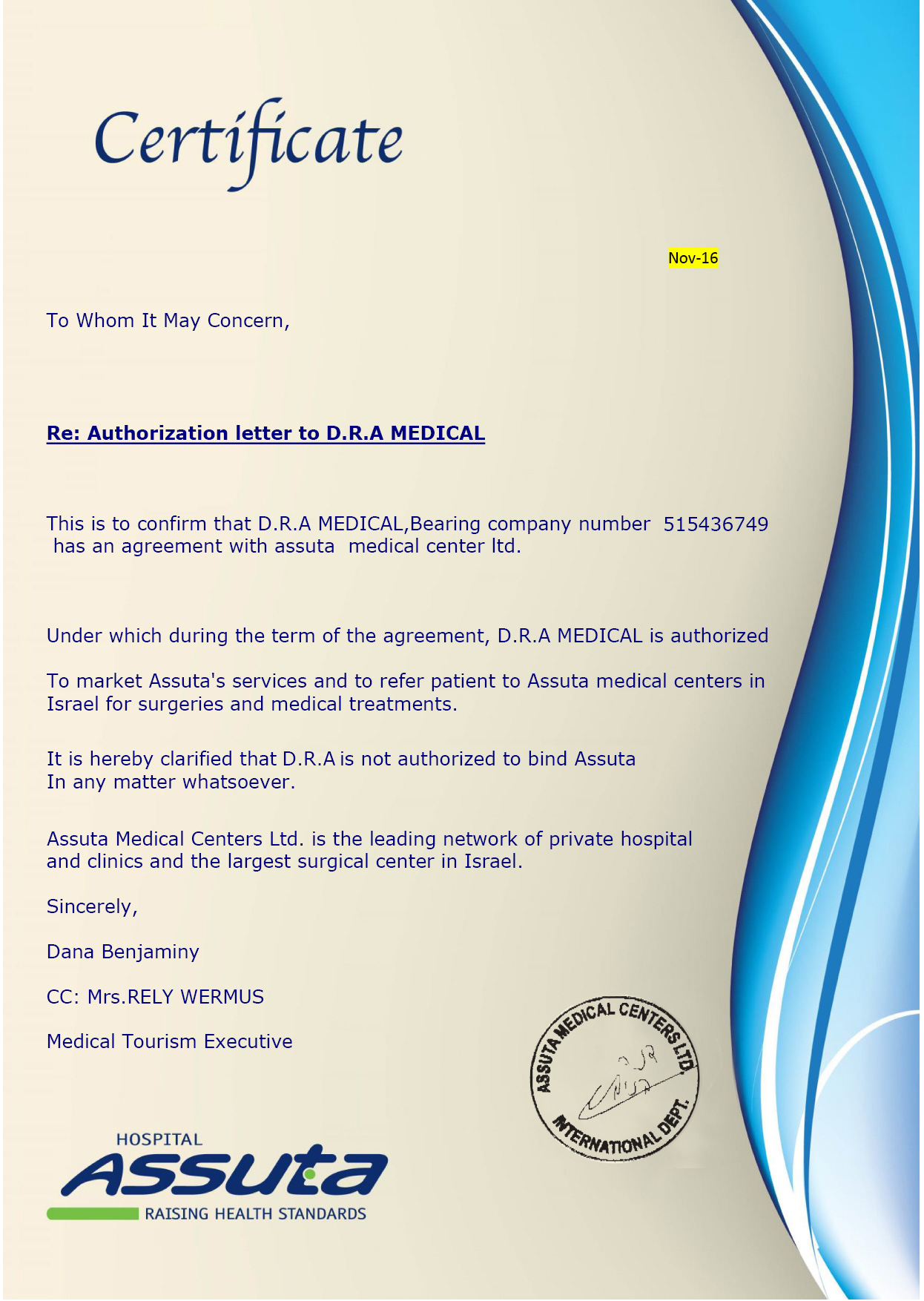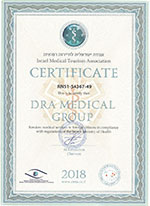Overview
The arteries of the heart can sometimes become blocked, usually due to formation of plaques on the arteries walls. When this happens, the blood supply to the heart muscle becomes insufficient. This means the patient’s own heart is not receiving enough oxygen. The lack of oxygen increases the risk of serious events such as heart attack.Heart bypass surgery is a way of restoring the blood flow to the heart after the blockage of an artery.
Heart bypass surgery is a type of open-heart surgery. During this procedure surgeon will take a healthy blood vessel from another part of the body and place it around the blocked area. The surgery makes a new path through which the blood can detour (or bypass) the blocked region and reach the heart muscle. The surgeon can use substitute blood vessels from the leg (saphenous vein), the chest (internal mammary artery) and the arm (radial artery). These parts of the body are well irrigated by multiple blood vessels and taking away one of the vessels does not create any problems for the patient. Heart bypass surgery can be repeated if other heart artery becomes blocked.
Advantages and disadvantages of heart surgical bypass
Heart bypass surgery provides an obvious benefit for medium and high-risk patients. It reduces the symptoms of heart disease, such as chest pain, and may improve the life expectancy for these patients. The probability of a positive outcome also depends on the patient and on his or her capability of maintaining a healthy lifestyle. This involves healthy eating, doing regular exercise, not smoking and taking the medicines the doctor prescribes for chest pain and lowering cholesterol.Reasons for the procedure
This procedure is recommended for patients who have one or more blocked coronary arteries, a situation that limits the amount of blood the heart receives. This leads to a disease called ischemic heart disease, which causes chest pain. Sometimes, heart bypass surgery is only performed after having tried medicines first, lifestyle modifications and angioplasty with stenting. In general, the heart bypass surgery is an option when:- Patient experiences a severe chest pain, even after light exercise and at rest.
- There is more than one coronary artery affected and the heart’s left pumping chamber (ventricle) is not functioning well.
- The left coronary artery, the one responsible for supplying the left ventricle, is blocked, thus severely compromising the way the heart pumps blood.
- The artery is affected in such a way that angioplasty or a stent are not appropriate or were already performed but did not present with good results.
Risks of the procedure
The main risks for this procedure include:- Surgical wound infection, with the risk increasing significantly for patients who are obese, have diabetes or have already had this surgery
- Abnormal heart rhythms (arrhythmias)
- Heart attack or stroke
- Bleeding
- Kidney failure
- Memory loss or “fuzzy thinking”, which often resolves after 6 to 12 months
Contraindications for the procedure
Heart bypass surgery does carry a risk of morbidity and mortality, because it is such a sensitive and complex intervention. Consequently, it is absolutely contraindicated in asymptomatic patients with a low risk of suffering from myocardial infarction and death associated with heart disease. Patients, who, according to a doctor’s examination, are not likely to benefit from revascularization, are not suitable to undergo this surgery either.Although age is not a contraindication in itself, it is well recognized that elderly patients rarely benefit from this procedure and, as such, it should not be рformed in this patient population. Since older patients necessarily have a shorter life expectancy, this surgery has a low probability of actually prolonging it. Furthermore, their naturally more fragile state leads them to suffering from more perioperative complications than younger patients. The proper professional assessment of patient’s health can help in choosing the best treatment strategy.








